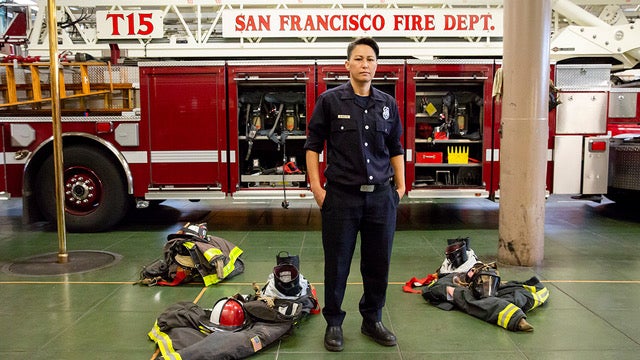
Firefighters are exposed to PFAS through their turnout gear—coat, boots and helmet—and use of firefighting foams. While studies are beginning to document higher rates of cancer among firefighters, these studies have primarily focused on men. “This is the first study, to our knowledge, that’s been done on women firefighters,” said Rachel Morello-Frosch, a professor at UC Berkeley and lead researcher of the study. “The idea of characterizing women’s workplace exposures is something that few people are paying any attention to, and here, we are using the newest available technologies to start to do that.”
The study was conducted in San Francisco, chosen because it has more women firefighters than any other urban fire department in the country, making up approximately 15% of the San Francisco fire force, compared to about 5% nationwide. Blood samples were collected and analyzed from 86 women firefighters and 84 women who work in downtown offices. Three types of PFAS (PFHxS, PFUnDA, and PFNA) were found to be significantly higher in the firefighters’ blood, compared to office workers’ blood.
Each participant received a digital report generated by the Silent Spring Institute, detailing their individual results. It also provided steps for reducing their PFAS exposure, including many basic measures, like immediately wiping down exposed areas of skin and removing and cleaning turnout gear after an incident and promoting the use of PFAS-free firefighting foams.
“We are here, and our health is important,” said Heather Buren, a lieutenant with the San Francisco Fire Department and principal investigator of the Women Firefighters Biomonitoring Collaborative. “In many occupations, women are often overlooked and understudied. Firefighting is no different.” This study hopes to be the first step towards better understanding the occupational health impacts on women to benefit all firefighters nationally.

